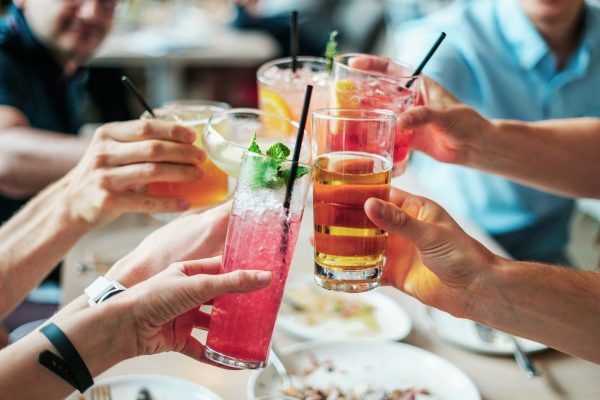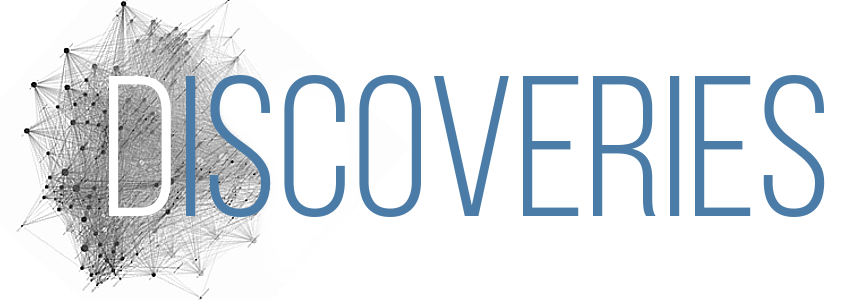
Since the beginning of the pandemic, internet memes have made light of people’s use of alcohol to cope with the stress and isolation of social distancing and virtual work and schooling. The corresponding rise in alcohol sales and consumption has raised questions about how isolation and loneliness contribute to drinking. New research by Eric Vogelsang and Joseph Lariscy, however, concludes that increased social participation may actually increase drinking, particularly for older adults.
Using the Wisconsin Longitudinal Sample, a long-term survey of a random sample of Wisconsinites who graduated high school in 1957, Vogelsang and Lariscy ask how participants’ families and social networks influenced their alcohol consumption in their sixties and seventies.
The authors found that greater social participation was associated with more drinking days per month. Respondents who met with friends regularly, participated in group exercise, or attended arts or cultural events had more drinking days per month compared to respondents who did not engage in these social activities. One measure, meeting with friends regularly, was also associated with greater chances of participating in “at risk” drinking, or having more than three drinks at any one occasion.
The long duration of social distancing means that many Americans are missing their friends and family members, and some have begun drinking more. However, this research suggests that decreased social interaction may curb alcohol consumption among older adults, a population that is vulnerable to the health risks of alcohol abuse and facing increasing rates of substance abuse. Such findings remind us of the potential “dark side” of social support, which may encourage negative health behaviors through peer pressure, relaxed norms, or providing more opportunities for substance use.
Comments